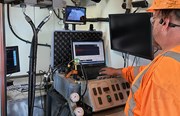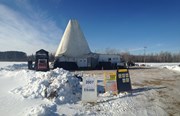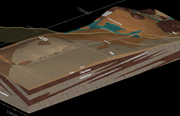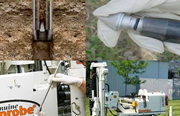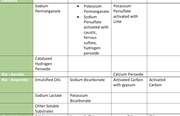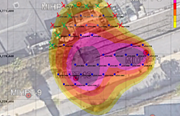 What is continuous core?
What is continuous core?
Continuous core is a method of sampling that—like the name implies—provides one continuous sample instead of separate samples taken at set intervals. This can be done with any cased drilling method, but is most commonly performed using sonic technology.
How does continuous coring work?
When continuous coring, the sampler is advanced to every interval.
For example, if a location needs to be sampled to 20 ft below ground surface (bgs), the first interval sampled would be zero (ground surface) to five ft bgs. The next interval would start at five ft and advance to ten ft bgs, and the third and fourth would follow that same pattern (assuming the sample barrel is five feet long).
The samples can then be laid out and examined and/or tested.
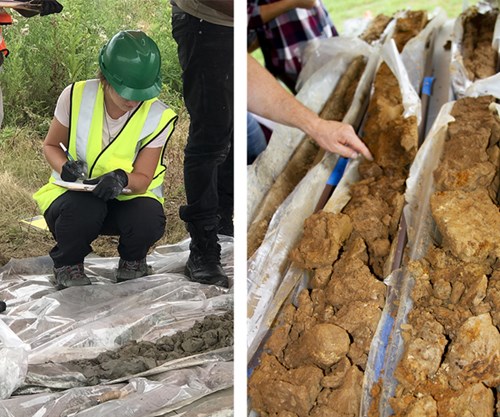
What are common reasons for using continuous core?
Continuous coring is typically use to log and classify the soil type, identify groundwater depth, and identify contaminants.
Why choose continuous coring?
Continuous coring, by its very nature, doesn’t leave any gaps in the subsurface sample. Consultants can get a reasonably complete picture of the subsurface with this method if used appropriately. That’s one reason continuous coring is especially helpful for sites with limited existing characterization data.



